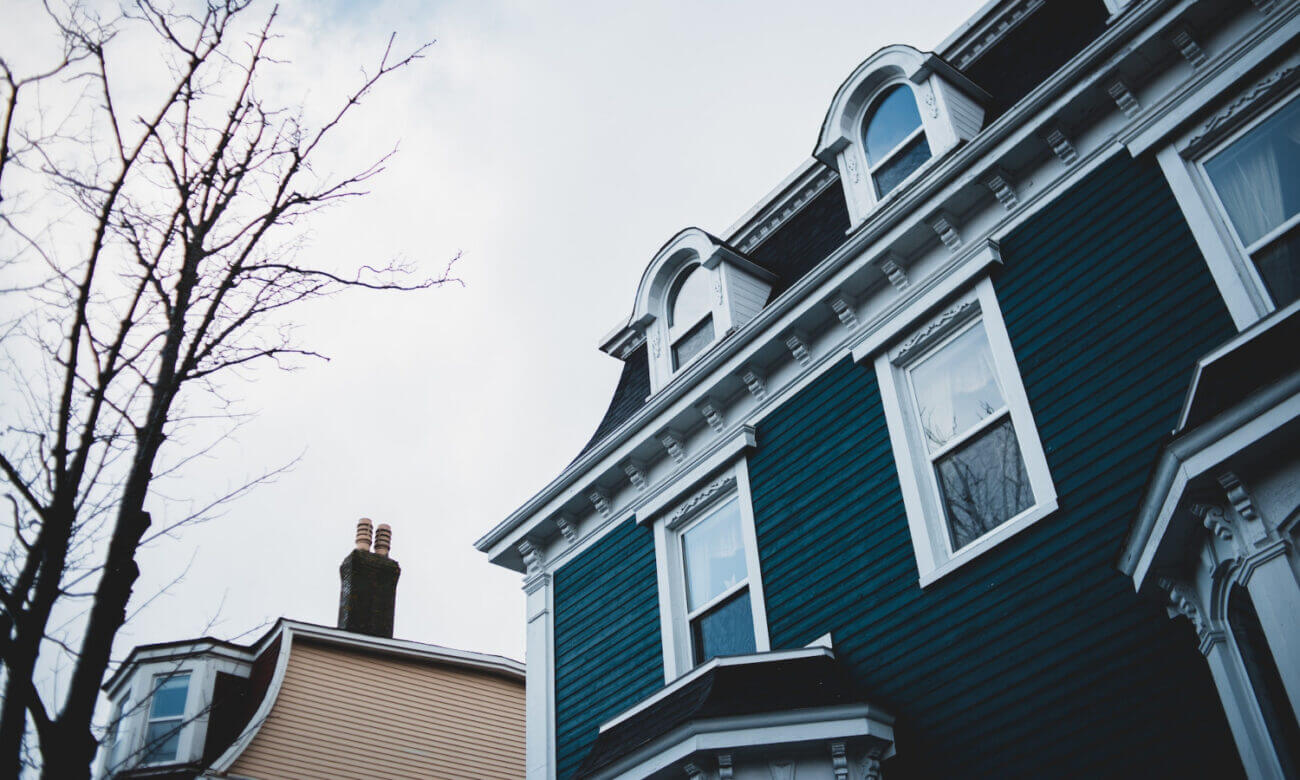The following table represents two scenarios: home owners with a 10% down payment, and those with a 20% down payment. Mortgages with a 20% down payment generally have higher interest rates because they are not eligible for mortgage default insurance. However, a home owner who puts down less than 20% will have to account for the added insurance costs.
Thanks to Gina Athanasious, a RE/MAX real estate expert, for her help with the following calculations.
| Month (with average home price) |
5-year fixed (10% down) |
5-year fixed (20% down) |
5-year variable (10% down) |
5-year variable (20% down) |
||||
|---|---|---|---|---|---|---|---|---|
| Rate | Payment | Rate | Payment | Rate | Payment | Rate | Payment | |
| February ($816,720) |
2.59% | $3,326 | 2.79% | $3,022 | 0.90% | $2,736 | 1.25% | $2,536 |
| June ($665,850) |
4.79% | $3,414 | 5.04% | $3,110 | 2.50% | $2,685 | 2.80% | $2,467 |
| July ($629,971) |
4.34% | $3,100 | 4.59% | $2,827 | 3.50% | $2,838 | 3.85% | $2,619 |
The scorecard shows that, from February to June, variable-rate costs improved modestly, with falling home prices outweighing higher interest rates. Redo the same calculations for the 2022 period of February to July, however, and we see that variable-rate costs worsened, with higher interest rates now outweighing the drop in home prices.
The opposite is true for fixed-rate mortgage costs. Those costs worsened between February and June but improved modestly between February and July. That said, head-to-head, variable rates seem to remain the more cost-effective option.
Factoring in the mortgage stress test
The mortgage stress test, which sets a minimum qualifying rate for new mortgages, requires borrowers to prove they can handle their mortgage payment at the greater of 5.25% or their contract rate plus two percentage points.
With many variable rates now sitting at just north of 4%, many buyers are having to qualify for a mortgage at 6% or higher, rendering the 5.25% threshold essentially not applicable. And now that fixed mortgage rates have increased by two-thirds in just four months, many people applying for fixed-rate mortgages are facing stress-tested rates of around 7%, on average.
This, too, is putting downward pressure on the housing market.
James Laird, co-CEO of Ratehub Inc. and president of the mortgage lender CanWise (which is also owned by Ratehub Inc.), explains that generally, for every 1% that the stress test increases, a household qualifies for about 10% less mortgage. “Home prices will need to drop significantly in order to neutralize the effects that higher mortgage rates have on the stress test,” Laird shared in a statement. “Unless this happens, home affordability will continue to be impacted significantly by the current rising rate environment.”


